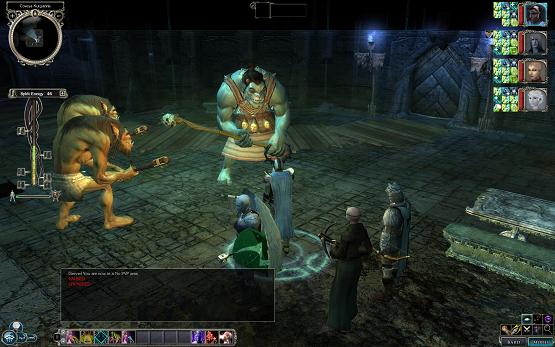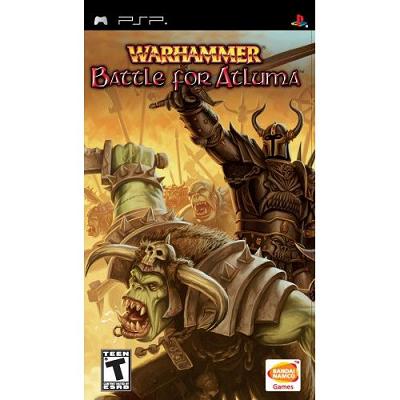
If any RPG fan is still wondering whether or not to get this expansion for Neverwinter Nights 2, I have one single irrefutable argument to offer: Chris Avellone. That’s right, the lead designer of the celebrated classic Planescape: Torment is on the design team of Mask of the Betrayer, and, boy, does it show. From some of the craziest, oddest companions you can meet in any RPG since the afore-mentioned PS:T, a story of personal redemption that’s more about saving your own soul rather than the world to the multitude of genuine choices with lasting consequences, this is one of the very few RPGs that actually deserves the moniker “role-playing”.
Mask of the Betrayer picks up directly after the ambiguous ending of Neverwinter Nights 2. Following the player’s climatic battle against the King of Shadows, the entire cavern collapses and buries the player and his whole party. You wake up in a cave, but a different one, far, far away from the Sword Coast, disoriented from the cave-in and with only vague memories of what happened. A female Red Wizard of Thay retrieves you from a binding circle within the cave and as you make your escape, you discover a dark hunger within you that consumes spirits and you must either find a way to end this curse or have it destroy you from within.

